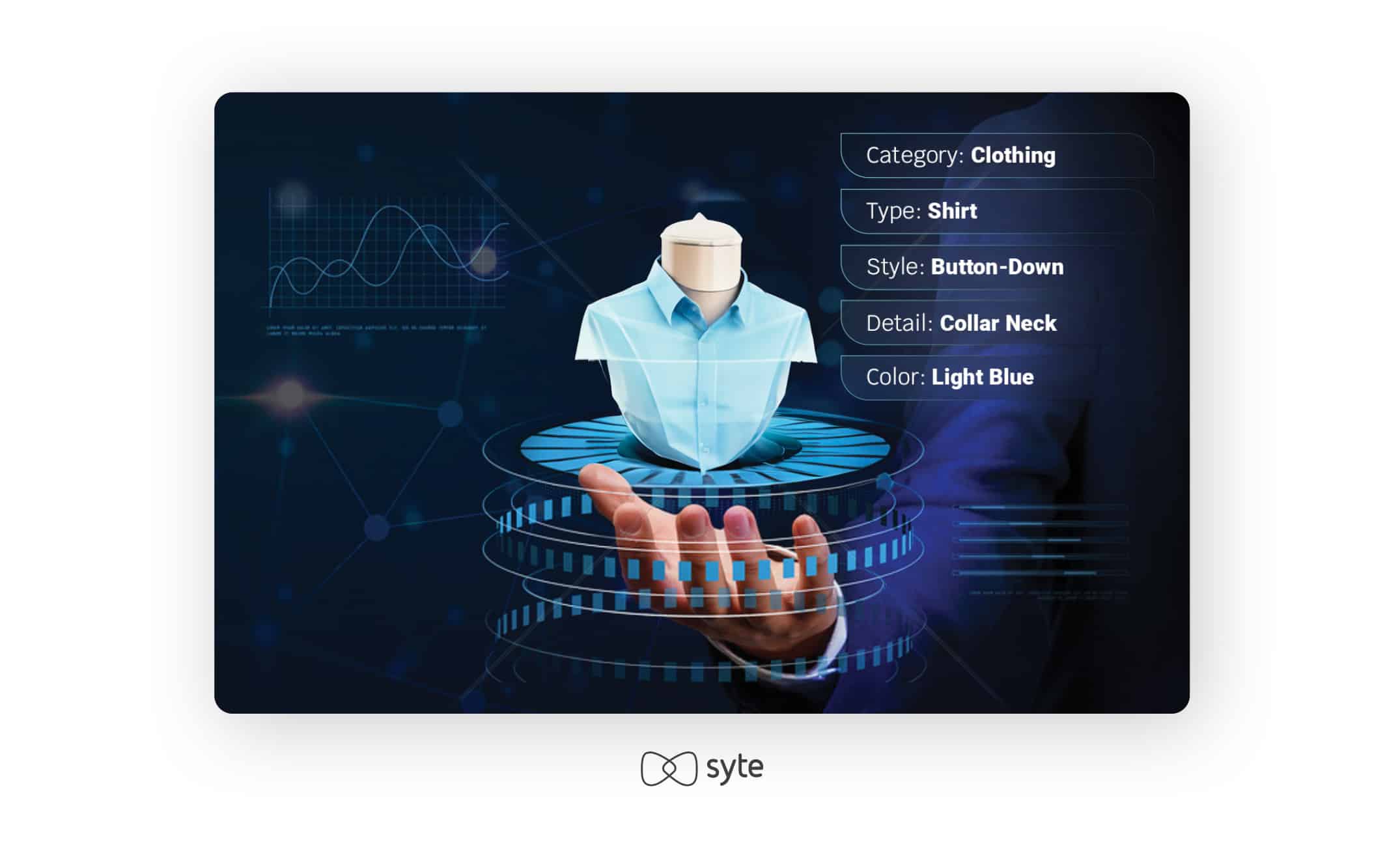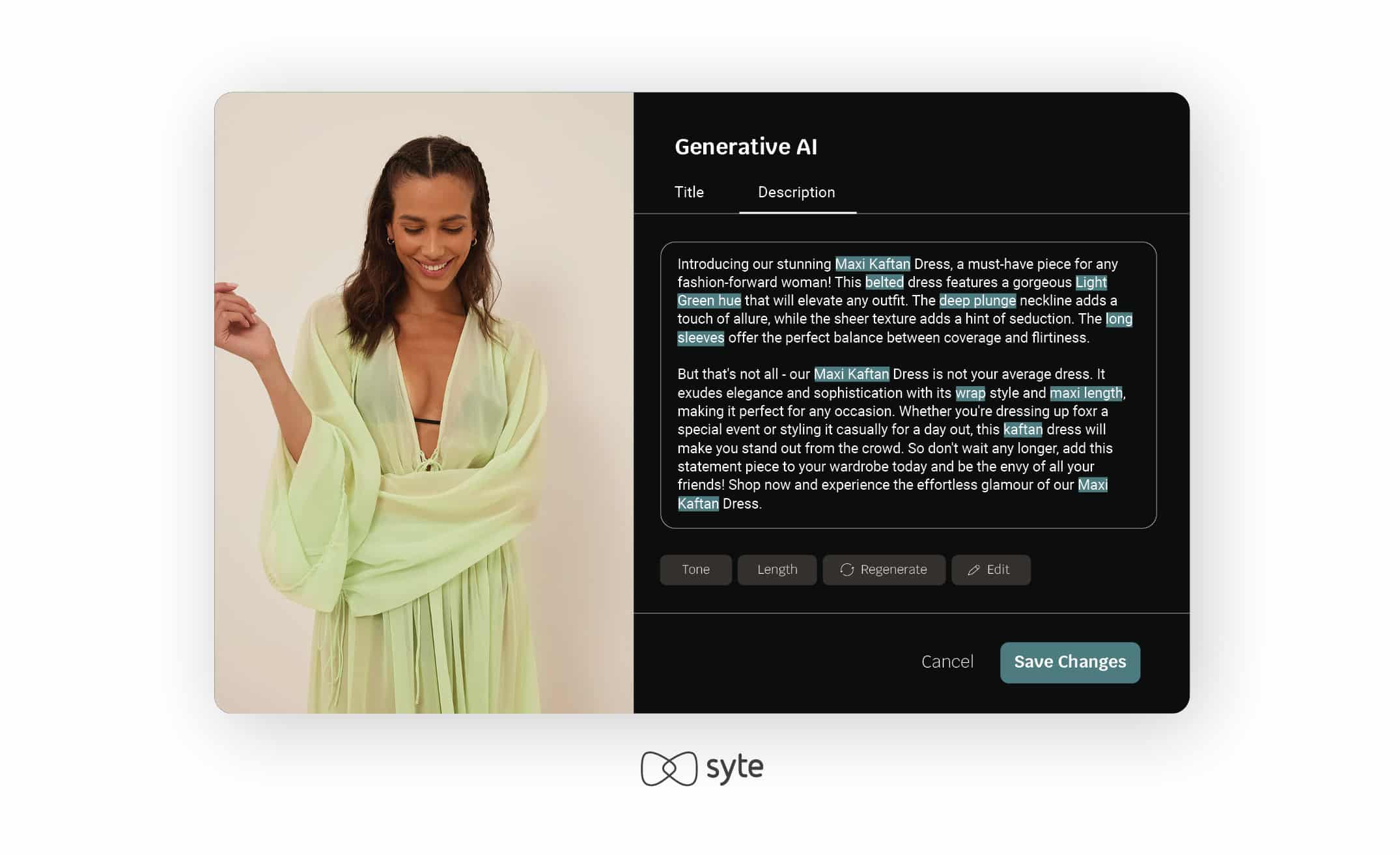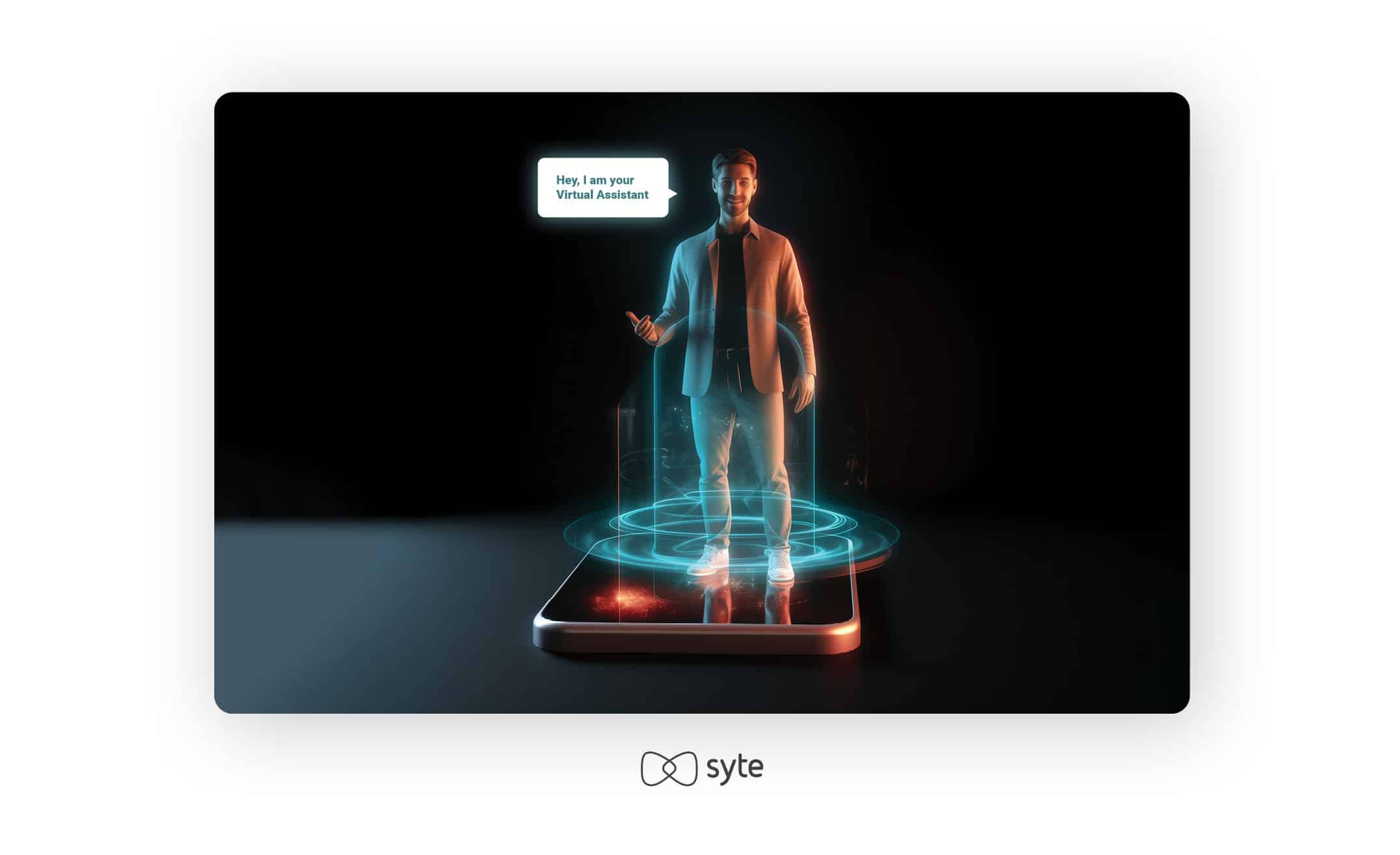With its promise of transformative capabilities that excite and captivate the imagination, generative AI (GenAI) applications are starting to flood the online retail market. Nearly one in every five shoppers has already used GenAI during their customer journey, and that number is only going to rise while this disruptive technology continues unlocking new levels of inspiration for product discovery.
As brands and retailers rush to capitalize on this retail tech trend, the true measure of GenAI’s value will emerge from the practicality of its implementation. Striking a balance between cutting-edge technology, practical use-cases and user-centric solutions will be imperative for brands aiming to stay at the forefront of the evolving retail landscape.
In this post, I’ll identify six practical ways that retail brands can integrate generative AI into existing workflows in order to enhance the customer experience and streamline internal operations.
Why is GenAI Such a Huge Leap in Technology?
Unlike traditional AI, which relies on predefined rules and patterns, GenAI uses advanced neural networks to learn from vast datasets and create entirely new, contextually relevant content. This can include text, imagery, video, music, code, and other forms of data.
In the context of retail, an overwhelming 70% of industry leaders believe generative AI will have the most transformational impact in marketing and sales. That’s because it can be used to infuse data-driven creativity into every aspect of the retail experience – from product designs and descriptions to personalized emails and product recommendations to dynamic pricing and advertisements.
Ultimately, brands that learn to effectively leverage the practical capabilities of GenAI will be well-positioned for unprecedented growth opportunities and differentiation from their competitors.
Six Real-World Applications of Generative AI in Retail
Here are six key areas where GenAI based solutions are already making an impact by addressing key problem areas and offering practical solutions for retailers.

The problem: Lack of consistent, scalable structured data about your products. Product tags are critical, among others, for inventory management, to enrich internal systems with consistent and detailed data, and to make site search and navigation possible, but the process of manually tagging large amounts of inventory is extremely time consuming and subject to human error. If tags are not accurate, consistent or up to date, it can lead to a negative customer experience and lower conversion rates. On the other hand, highly descriptive tags make it easy for shoppers to find what they’re looking for – both on-site and on external search engines.
The GenAI solution: Instead of having merchandising specialists manually tag inventory, innovative eCommerce businesses are turning to visual GenAI as a solution to this tedious process. Visual GenAI tools can automatically scan product images and generate detailed product attributes. Then GenAI can create a list of detailed product tags that contain extremely granular information. For example, if a leather jacket was manually tagged as being “black” and having “long sleeves”, or even if advanced manual tagging added attributes such as “cropped and “biker jacket”, visual AI would be able to identify 20 attributes like “zipped”, “snaps”, and “casual style”. Generative AI would then create and add these attribute-based tags to that product’s metadata. The additional tags will help improve search results, recommendations, and the overall user experience, all while enabling merchandising teams to spend their time on more strategic projects.
2. Product titles and descriptions

The problem: Online, where customers browse endless pages of products, optimizing product titles and descriptions is essential for retailers to stand out and rank. Just like product tagging, however, the process of manually writing and updating high quality titles and descriptions is incredibly laborious and subjective.
The GenAI solution: Instead of dealing with that headache, retailers can automate the process with AI text generator tools. Armed with extremely accurate and specific product tags, generative AI can craft captivating product titles and descriptions based on a product’s relevant attributes and unique selling points. Well-implemented AI text generator tools will communicate vital information in concise and compelling language that can be tweaked (with well-written prompts) to deeply resonate with all kinds of shopper personas. Behind the scenes, GenAI can also improve product listing rankings and infuse SEO keywords that elevate search engine ranking positions (SERP).
3. Product designs

The problem: New product conception and development takes a lot of creative effort, time, money, and facilities. Physical prototypes can take months to build and even longer to modify, and sometimes there just isn’t enough funding to start (or complete) a new product design.
The GenAI solution: Generative AI can quickly and accurately produce numerous design variations for new and existing products. Designers can input high-level design parameters and constraints, or even textual descriptions of their vision, and then let the AI run with it. For example, GenAI can convert text or 2D images into interactive 3D objects. The initial output can be modified with well-crafted prompts until the end result is exactly what the product designers are looking for, streamlining the process of evaluating different concepts and making the output more relatable to real life. In addition, generative AI can also dive into the nitty-gritty details of product design by considering material properties, production processes, and cost constraints. It can collaborate with designers to optimize designs for factors like structural integrity, weight reduction, and production efficiency, all while adhering to stringent manufacturing requirements.
Brands and retailers that take advantage of this technology will be able to efficiently shortlist the most appealing design options, saving time and resources.
4. Inventory management

The problem: Stockouts and inventory imbalances are bad for business. On the customer-facing side of things, product delays and shortages can cause shoppers to leave your site before checkout or even cancel existing orders. Internally, overstocking and stagnant inventory can inflate operational costs and overhead. Conversely, when customers can find the products they desire in stock, this translates to increased sales and repeat business.
The GenAI solution: Leveraging its data-driven prowess to analyze vast datasets, generative AI can create predictions on emerging market trends and consumer preferences based on your website’s current and historical sales data. Retailers can use this information to easily spot and respond to shifts in demand and make proactive decisions regarding merchandise planning and inventory management. GenAI product attributes can also be leveraged into these tools to enhance predictions and identify trends. In the end, GenAI-driven inventory management reduces the issues of overstocking/stockouts and drives higher profits.
5. Customer service support

The problem: Traditional chatbots are often frustrating for customers to deal with or downright unhelpful. If not prompted with the precise questions or keywords it expects, a bot can end up just going in circles with various built-in scripts that do nothing to simplify customers’ decision-making processes.
The GenAI solution: The emergence of generative AI has ushered in a novel category of virtual shopping assistants. These AI-driven companions are crafted to engage customers in an authentic and dynamic manner, enriching the overall shopping experience. Through generative AI, these assistants can understand and interpret customer questions in natural language, ensuring that customers receive quick and accurate responses on product features, specifications, availability, and even concerns regarding order tracking and returns. In addition, virtual shopping assistants can analyze customer preferences, purchase histories, and real-time browsing behavior in order to generate highly personalized product recommendations tailored to each customer’s unique tastes and needs.
6. Styling suggestions

The problem: Online shoppers often lack the inspiration to explore beyond the Product Detail Page (PDP) and discover a more complete look. One way to overcome that challenge is to connect customers with retail stylists that can put together an on-the-spot curated ensemble – but employing teams of human stylists is not a scalable solution for guiding a wide variety of shopper personas deeper into your website and effectively cross-selling.
The GenAI solution: AI styling engines have the capacity to instantly generate endless outfits and styling suggestions for your shoppers’ favorite pieces. It works by employing tens of thousands of meticulously crafted data-based style rules, which together create an experience mirroring that of an interaction with a human stylist or in-store associate. Instead of pulling items off the rack for a shopper to try on, an effective AI stylist will display on-screen suggestions for complementary products and styles that align with both the shopper’s individual preferences, the retailer’s style and the latest industry trends. By leveraging this advanced solution, brands can introduce customers to entire looks designed just for them – empowering shoppers to make more confident choices that will result in higher average order values (AOV), better conversion rates, increased session duration, strengthened customer loyalty, and a higher customer lifetime value (CLTV).
In the ever-evolving world of retail, generative AI has already proven to be a game-changer and the possibilities it promises for the future are limitless. It’s important, however, not to get overwhelmed by all the flashy new AI bells and whistles that are coming out every day. Instead, smart brands and retailers will hone in on the practical GenAI tools that can start improving your eCommerce business right now.
Doing so will result in a more dynamic, data-driven, and customer-centric shopping experience that will set the stage for higher revenues, lower operational costs, and increased customer satisfaction.